12 innovations from Uppsala University
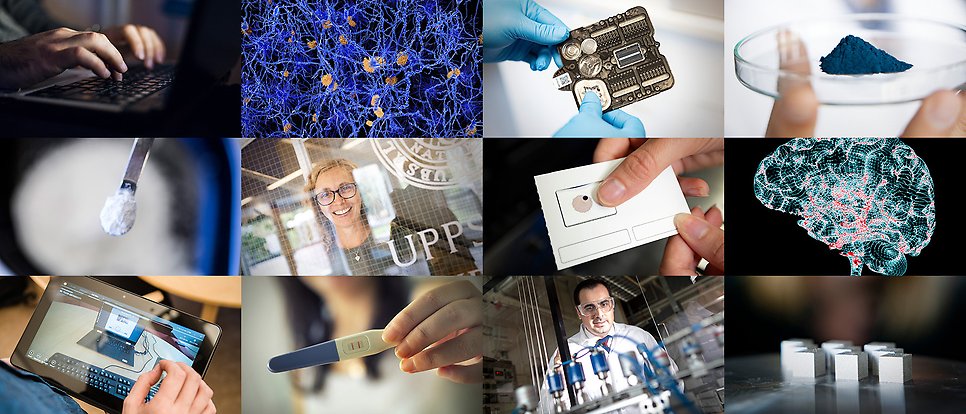
Sustainable batteries, bone cement for active ageing and tools for digital source criticism. These are just some of the innovations that have emerged from research at Uppsala University in recent decades. Below we have listed 12 research innovations that have benefited society from the 1960s onwards.
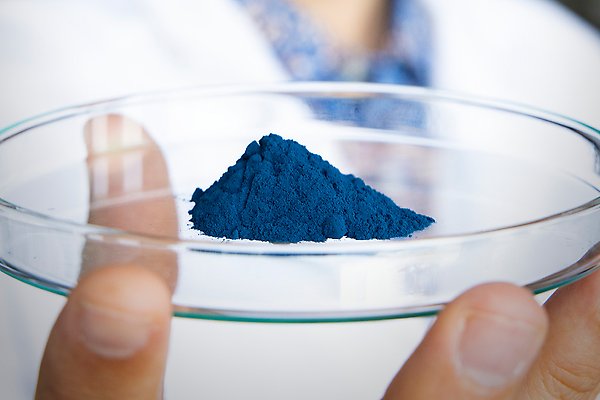
Sustainable battery materials
This innovation relates to the successful commercialisation of sodium ion batteries and is rooted in research at the Ångström Advanced Battery Center (ÅABC). Three
researchers, Reza Younesi, William Brant and Ronnie Mogensen, have played a crucial role in this success. Their efforts include the development and patenting of an innovative synthesis method for Prussian White cathode materials. In 2016, they founded the company Altris AB.
Read more: Major successes for Uppsala University researchers’ battery material
On Innovation
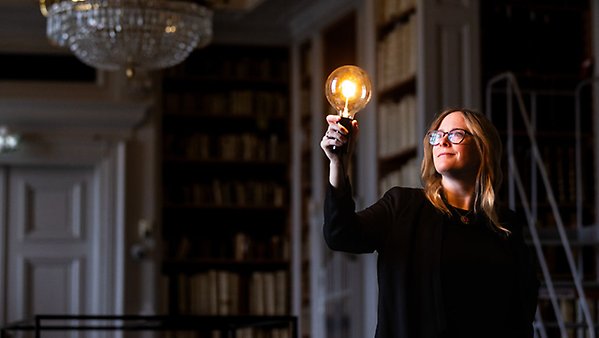
The Celsius thermometer, the pregnancy test and drugs to fight Alzheimer’s disease all derive from research at Uppsala University – inventive and innovative since 1477!
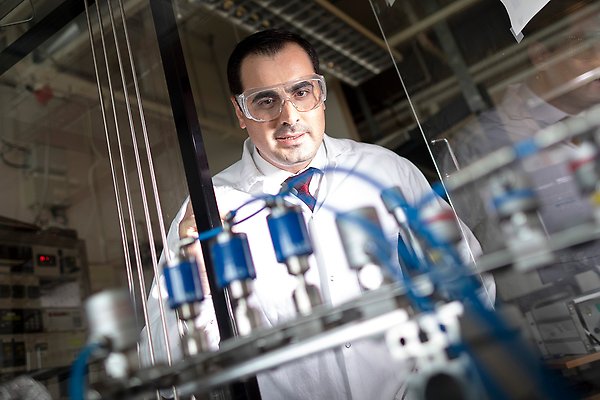
New generation of graphene
A graphene technology that can solve industrial problems in a cost-effective way – this is Mamoun Taher's main driving force and motivation. As a researcher in inorganic chemistry, he patented Aros Graphene, which enables the stabilisation of graphene and thus practical implementation on an industrial scale. He founded the company Graphmatech with the vision of becoming a world leader in graphene technology and enabling industry to benefit from the super material graphene, not least as part of the green transition.
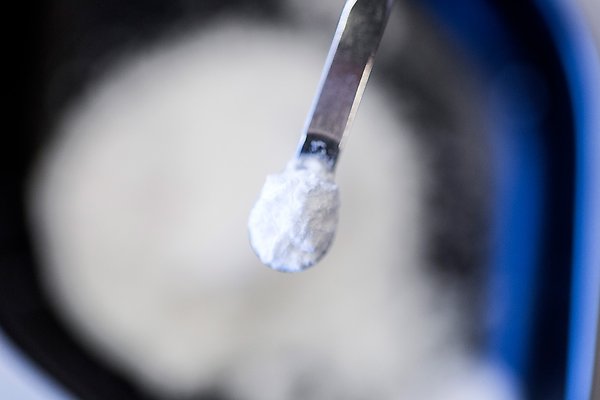
Upsalite – material with potential
In 2011, Maria Strømme, Professor of Nanotechnology, and her research team succeeded in doing what others had failed to do for over 100 years – producing magnesium carbonate in a porous form. The new material was named Upsalite and became a global sensation. Upsalite has found its way into both sports and beauty products. It is also the basis of an innovative drug carrier that can provide improved and safe drug formulations through the company Disruptive Materials.
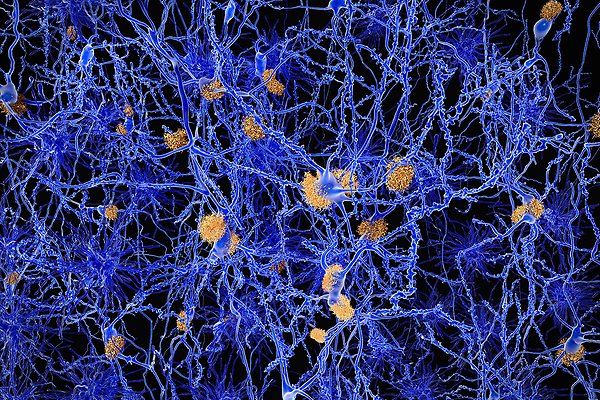
The antibody that can slow down Alzheimer’s
A new treatment that has proved to slow down Alzheimer’s disease came out on the American market in summer 2023 after 23 years of methodical collaboration between researchers and the pharmaceutical industry. The approval by the US Food and Drug Administration (FDA) of a new drug to fight Alzheimer’s disease has been widely described as a paradigm shift in treating the disease.
Read more: The antibody that can slow down Alzheimer’s
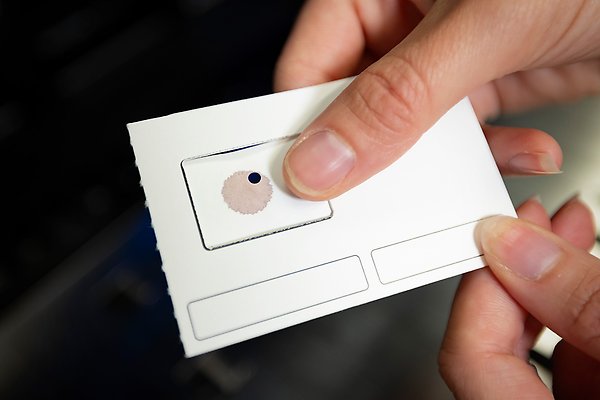
Methods to identify and measure biomolecules
Ulf Landegren and his research team at Molecular Tools develop methods to utilise newly acquired knowledge about all human genes and proteins. Their aim is to more effectively examine individuals and better understand disease. The research team has built an extensive patent portfolio and driven a number of successful companies and global commercialisation of the inventions towards products that provide benefits in areas ranging from cancer research, genetic diseases, diagnostics and drug development.
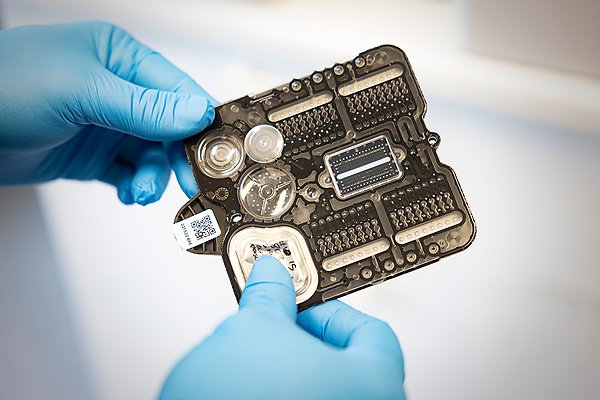
Rapid diagnostic test for antibiotic resistance
An innovation of great importance for human life and health – this could well describe the test that can determine in 30 minutes whether a urinary tract infection is bacterial, and if so, which antibiotics work best. The test was developed by Professor Johan Elf and doctoral student Özden Baltekin, and in 2017 they set up a company to make their test available in the healthcare sector. In May, the company was acquired by the Japanese Sysmex Corporation, and the subsidiary Sysmex Astrego was formed, with all production still based in Uppsala.
Read more: Hjärnäpplet award goes to Johan Elf and Özden Baltekin
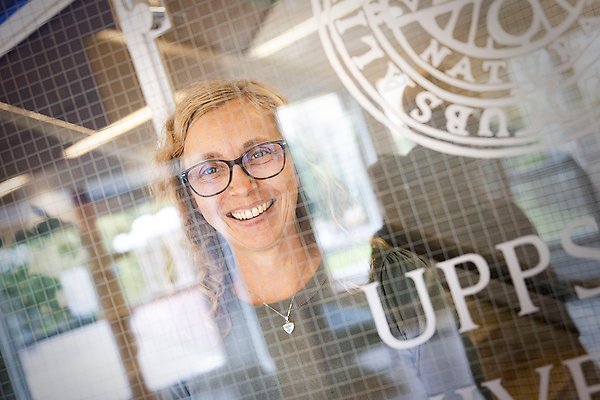
The algorithm that could save lives
Sepsis, or blood poisoning as it is commonly known, is a life-threatening condition that leads to the death of around 8,000 Swedes each year. It is estimated that around one third of all intensive care patients develop sepsis. Thanks to Inger Persson’s innovation, the AI algorithm ‘NAVOY Sepsis’, there is a chance these patients could be discovered in time.
Read more: Algorithm makes it easier to detect sepsis
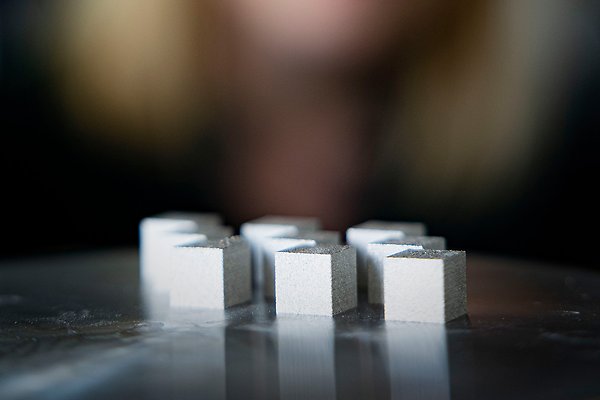
Innovation for active ageing
Research has paved the way for new materials for biomedical applications. An important discovery by Professor Cecilia Persson, Professor of Materials Science, is the possibility of creating a soft bone cement that can be used to repair vertebral fractures in the spine, one of the most common fractures in patients with osteoporosis. Over 40 million people in Europe and the US alone suffer from osteoporosis, so the potential for the material is huge. Commercialisation is managed through the spin-off company Inossia.

AI tool that predicts acts of violence
Nazar Akrami, Professor of Psychology, is one of the authors of new AI-powered techniques that can automatically detect and assess the credibility and seriousness of potential threats in written communication. This is an important piece of the puzzle in preventing future violent offences, with threats increasingly being made online.
Read more: The AI tool that predicts violence
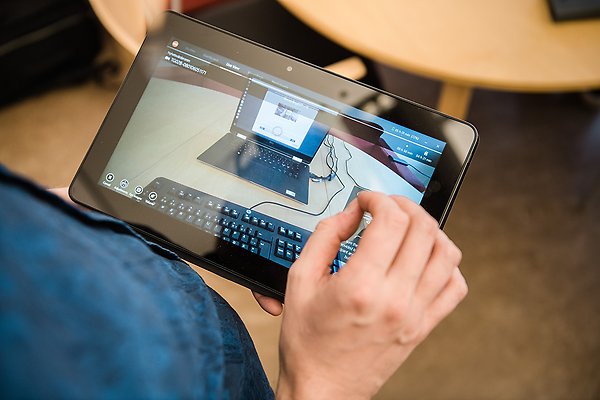
Strengthens resilience against digital disinformation
“Nyhetsvärderaren” (“The News Evaluator”) is an innovation to strengthen resilience against digital disinformation by training individuals in digital source criticism based on the latest research. The tool consists of a digital self-test and an in-depth section specifically designed for schools and training organisations. Thomas Nygren, Professor of Civics Education with a specialisation in history and social studies, is the research leader for the collaboration with Vetenskap & Allmänhet and RISE Research Institutes of Sweden that led to the launch of the News Evaluator.

Personalised Parkinson's treatment
Sensidose was founded in the late 1990s to help improve treatment for people with Parkinson's disease. By developing a new way to dose the most commonly used drug, L-dopa, it became possible to personalise and fine-tune both doses and dose intervals to avoid variations in drug effect and side-effects. The medicine consists of micro-tablets dispensed via a dispenser. The founders are Professors Sten-Magnus Aquilonius and Christer Nyström, who also previously founded the company NeoPharma.

Revolutionary simple pregnancy test
Leif Wide is known for developing the first non-biological pregnancy test in the 1960s, which measures the hormone directly in urine using hCG antibodies. He developed the test while still a medical student and it was a paradigm shift in gynaecology. The immunological pregnancy test could detect pregnancy after 60–90 minutes with 99.8 percent certainty from one week after the absence of menstruation. As early as 1961, the method was introduced into routine care at Uppsala University Hospital.
Read more: The pregnancy test that changed everything
Annica Hulth
